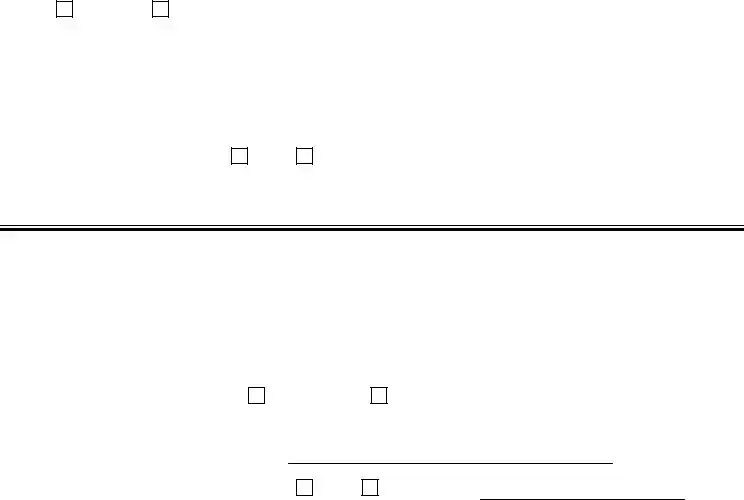In the landscape of public health and preventive medicine, the Tuberculosis (TB) Skin Test Form plays a crucial role in the early detection and intervention of tuberculosis, a contagious bacterial infection that primarily impacts the lungs but can also affect other parts of the body. This form serves as a standardized template for healthcare professionals to document the administration and reading of the Mantoux Tuberculin Skin Test, a primary method used to identify TB infections. The form captures essential information including the healthcare professional or patient's name, testing location, dates related to the placement and reading of the test, site of the test injection (either right or left arm), lot number and expiration date of the tuberculin used, and the details of the person administering and reading the test, which may include registered nurses, medical doctors, or other qualified healthcare workers. Additionally, it records the test outcome in terms of induration size in millimeters and categorizes the test result as negative or positive. The signatures of the individuals responsible for administering the test and reading the results are indispensable, underscoring the authenticity and integrity of the process. This form not only facilitates efficient communication and record-keeping among healthcare providers but also ensures compliance with public health guidelines, stressing its importance in the grand schema of TB prevention and control strategies. For the document to be considered valid and acceptable, it mandates the completion of all sections, emphasizing the thoroughness required in tracking and managing potential TB cases.

